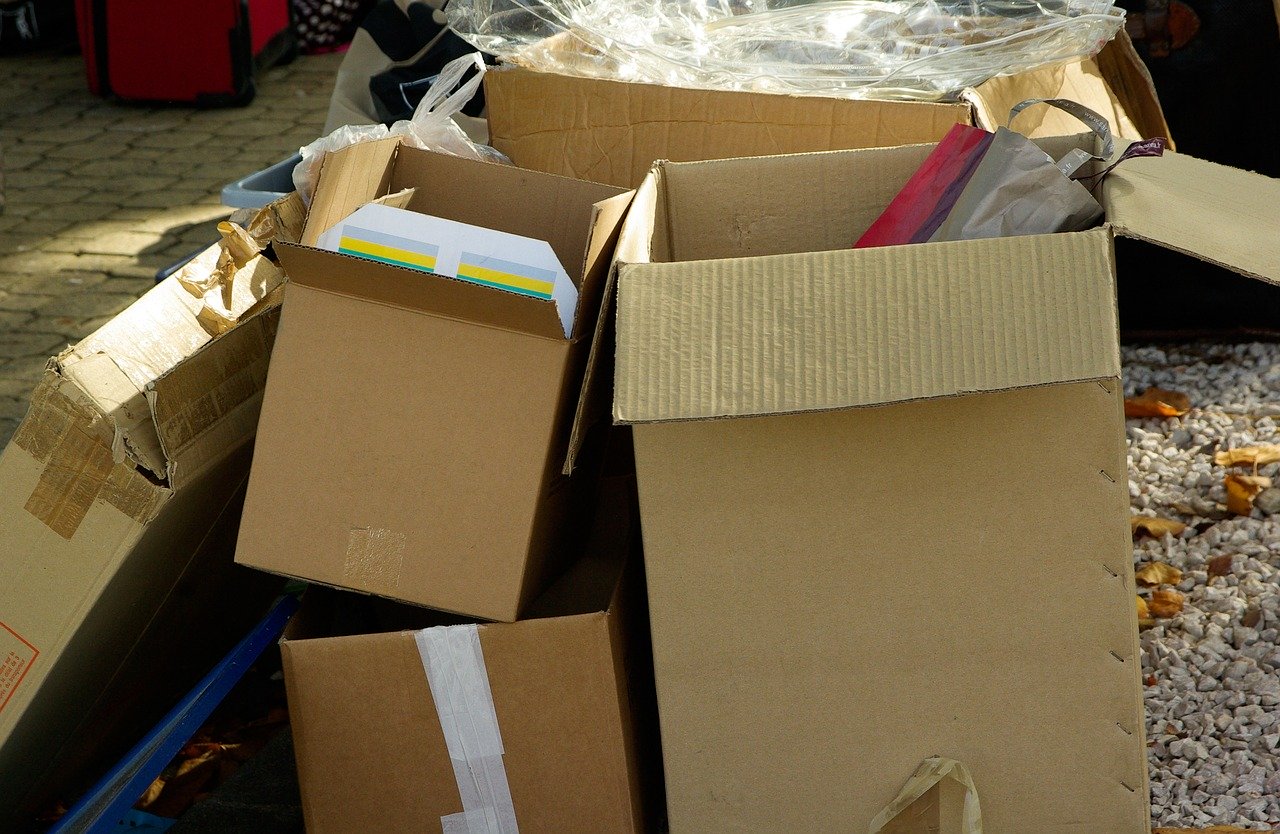The COVID-19 pandemic has shaken businesses in every possible way and affected every single operational process. The global shutdown forced them to close down their normal operations and switch to remote work.
Retail stores were perhaps the hardest hit, with foot traffic trickling to zero during the lockdowns and home deliveries being the only solace.
While the focus has mainly been on the remote work and e-commerce shift, the impact on packaging cannot be ignored as well. In fact, packaging manufacturers and grower-shippers have been forced to change course dramatically in the new normal.
Thankfully, businesses are adapting well and leveraging smart ideas to deal with the challenges of the situation. They have already switched to innovative options to ensure that products remain safe in transit so that the end consumers are satisfied with their condition as they receive them.
At the same time, they are looking for ones that would reduce their costs, which is a prime concern for businesses in the tight economy right now. Here are some ways businesses are relying on packaging changes to stay afloat and operate seamlessly even during the crisis.
1. Changing needs and expectations
 Right now, customer needs and expectations are not the same as before because safety and hygiene are the prime concerns for everyone. At the end of the day, they would want to receive products with minimal risk of contracting the virus, whether they pick in-store or get them delivered at home.
Right now, customer needs and expectations are not the same as before because safety and hygiene are the prime concerns for everyone. At the end of the day, they would want to receive products with minimal risk of contracting the virus, whether they pick in-store or get them delivered at home.
This is all the more important for food and beverage and other consumer products. For businesses, there are concerns like changing delivery models and cost minimization.
Obviously, packaging will have to be realigned to match the needs and expectations of both, end consumers and businesses.
The focus is on using materials that ensure product safety and at the same time, are cost-effective enough for businesses. The cost of packaging matters to consumers too as it can elevate the final price of the product, which they would want to be cut to the minimum in this recessive phase.
2. Product-specific demand on the rise
While COVID-19 has brought a general slowdown in the economy, some sectors have witnessed growth. The increase in demand for these products has led to a corresponding rise in the growth of packaging in these areas.
Food packaging has seen a predominance of rigid and flexible plastic containers that maintain the quality, integrity, and hygiene of the packaged food and drinks.
Similarly, pharmaceutical packaging has also seen significant growth, along with a switch to specific characteristics such as rigid plastics, aluminum pillboxes, and airtight seals for preventing contamination. The same applies to e-commerce products as well, where packaging is done on a product-specific basis.
Businesses that are able to match these product-specific demands are better positioned to align with the pandemic and consumer preferences.
3. Disruptions in supply chains
Another impact of the pandemic that you cannot ignore is disruptions in supply channels for the entire categories of consumables.
The decreased foot traffic in retail stores corresponds with the growth of e-commerce and curbside pickups. This requires businesses to look for sturdy and durable moving boxes and packaging products.
Such options are preferred because they are capable of bearing the brunt of long-distance transit and rough handling.
Similarly, retailers and restaurants are prioritizing secure, tamper-evident packaging that fulfills the consumers’ concern regarding product safety. Moreover, such food packaging alleviates the concerns for both in-store purchases and food delivery.
Since the trend of e-commerce and online deliveries is going to be around in the coming time, this transition is here to stay.
4. Packaging testing is important
In the pandemic era, the relationships between consumers and businesses are entirely based on trust.
Packaging testing is emerging as a significant measure that businesses can rely on for ensuring and consolidating consumer trust. Specifically speaking, food products and pharmaceuticals are the areas where package testing is absolutely essential in the current circumstances.
Not only do they guarantee the safety and hygiene of the chosen packaging system but also help companies in optimizing their costs. Overall, testing also develops customer trust in the brand as it shows their intention to go the extra mile with the safety and hygiene of the product and consumers.
5. Sustainability is still desirable
 Packaging sustainability continues to be a priority for customers like it has always been. So you can expect sustainable options to be popular in the coming time as well.
Packaging sustainability continues to be a priority for customers like it has always been. So you can expect sustainable options to be popular in the coming time as well.
This will be visible as a rise in demand for recyclable and compostable products and packaging because COVID-19 has made people all the more eco-conscious today. They are more than willing to consider the sustainability of packaging as a factor that influences their purchase decision.
So you need to give it as much attention as you would give to product quality.
What has changed today is the inclination towards sustainable convenience, with packaging making a shift towards smaller sizes and grab and go styles. These ensure ease and safety for in-store shoppers who prefer pre-packaged products that they can carry and move without help.
6. Recovery and resilience are in focus
While packaging companies need to realign at present, it is equally vital to plan for recovery and resilience. Right now, you need to build a recovery strategy that includes a mix of strategic customer-focused moves, financial resilience, and new operational plans for the post-pandemic world.
This will require the identification of packaging categories likely to be in demand in the new normal. Further, factors such as supply-chain requirements and production planning are also to be considered. At the same time, hygiene requirements, e-commerce, and sustainability will continue to be as important as they are today.
Clearly, the pandemic has a far-reaching impact on product packaging because businesses and end consumers have all new expectations. As their needs are likely to evolve in the post-pandemic era, the product packaging industry can expect more changes around the corner.
While buyers would look for safety and convenience, brands would be concerned about sustainability and cost-effectiveness in the long run. So it definitely makes sense to realign your product packaging strategies in the new normal.

I am Adeyemi Adetilewa, an SEO Specialist helping online businesses grow through content creation and proven SEO strategies. Proficient in WordPress CMS, Technical Site Audits, Search Engine Optimization, Keyword Research, and Technical Writing (Portfolio).
I help brands share unique and impactful stories through the use of public relations, advertising, and online marketing. My work has been featured in the Huffington Post, Thrive Global, Addicted2Success, Hackernoon, The Good Men Project, and other publications.

